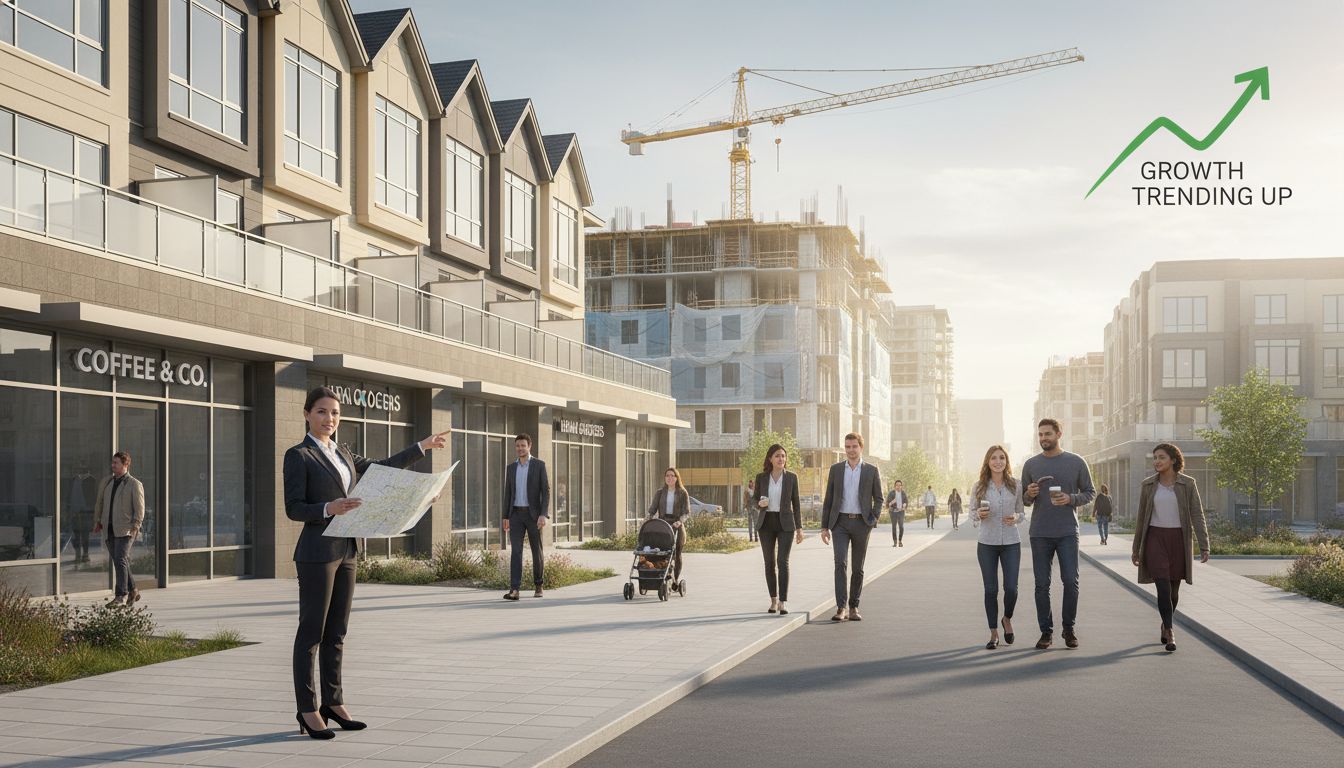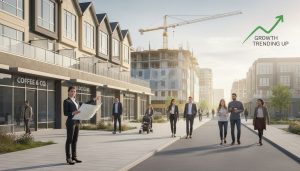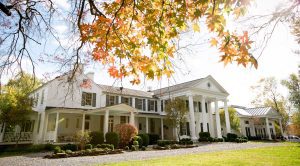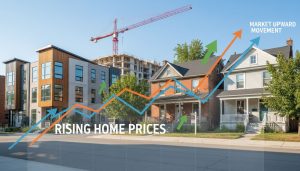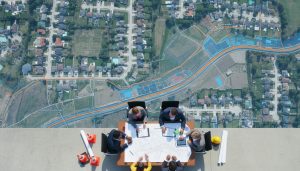Should I buy in a developing neighborhood?
Want a big payoff or a slow headache? Here’s the real answer on buying in a developing neighborhood.
Quick verdict
Yes—if you follow data, control risk, and pick the right streets. No—if you buy on hype alone. Developing neighborhoods can deliver superior investment and resale value, but they reward disciplined buyers, not gamblers.
Why developing neighborhoods can beat the market
Developing neighborhoods often outperform because they start priced below comparable areas. When infrastructure, jobs, transit, or retail arrive, demand rises faster than supply. That drives appreciation and stronger resale value. Smart investors capture gains during the growth phase and exit as the market normalizes.
Keywords: developing neighborhood, investment, resale value, buy in a developing neighborhood, property investment.

What the data-driven buyer watches
- Job and population growth: New employers and rising population predict sustained housing demand.
- Planned infrastructure: Transit lines, highways, and schools shorten commute times and boost resale value.
- Zoning and development approvals: New mid-rise or mixed-use projects signal long-term transformation.
- Sales velocity and comps: Faster sales and rising comparable prices show real momentum, not temporary hype.
Quick checklist before you buy
- Verify 3-year sales trends for nearby comparables.
- Confirm approved public projects and realistic timelines.
- Estimate rental demand and vacancy rates if you’ll rent the property.
- Calculate a conservative ROI and worst-case resale scenario.
- Have a 2–5 year exit plan; developing neighborhoods can have turning points.
How to reduce risk
- Buy value, not emotion: Pay below replacement cost or below stabilized comps.
- Stagger investments: Consider multi-property exposure rather than a single bet.
- Use professional due diligence: Inspect, verify permits, and review zoning files.
- Build a buffer: Ensure you can hold the property 12–24 months longer than your plan.
Real-world example (how pros think)
A local investor bought a duplex near a new transit stop after verifying job growth and zoning changes. They rented it during construction and sold when retail and transit opened—realized stronger resale value than a similar property in a stable suburb. The strategy wasn’t luck. It was data, timing, and an exit plan.
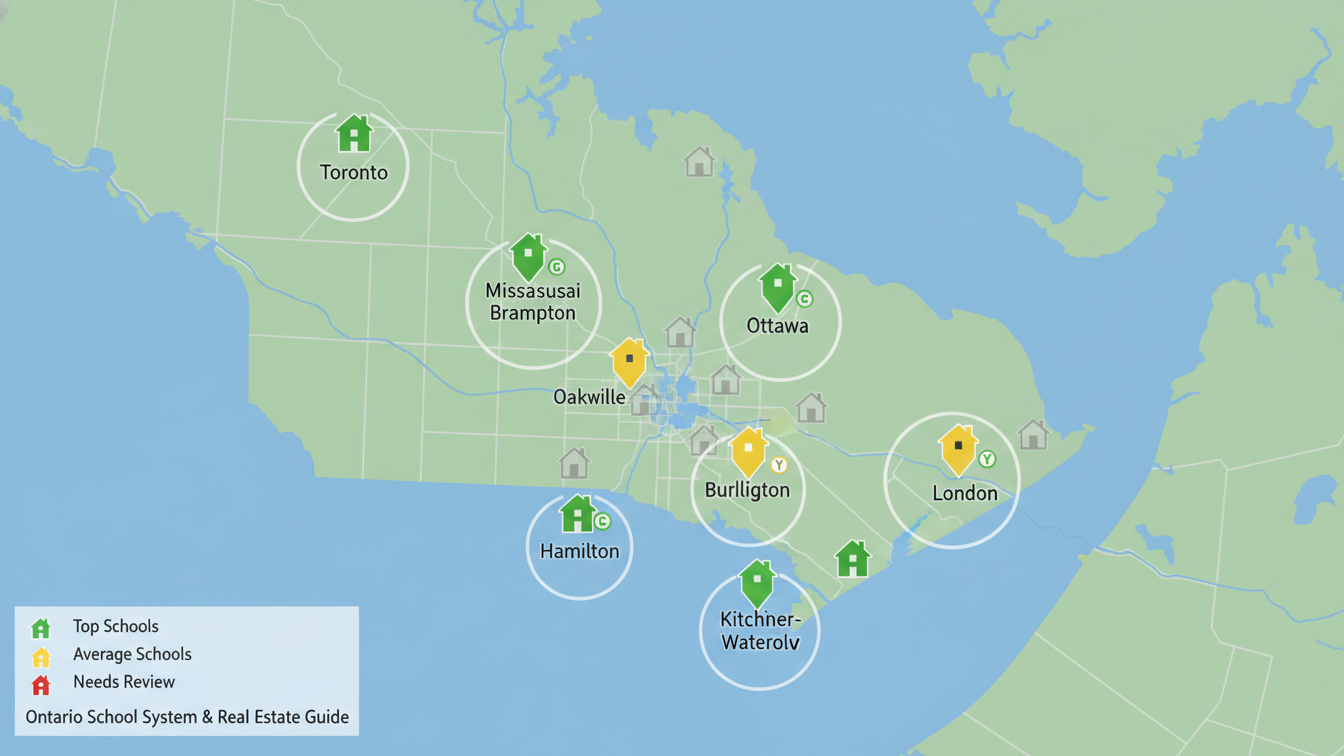
FAQ
Q: Is it cheaper to buy in a developing neighborhood?
A: Often yes. Prices start lower, but you must account for volatility and holding costs.
Q: How long until value rises?
A: Timelines vary. Expect 2–7 years depending on infrastructure and market cycle.
Q: Is it better to buy to flip or rent?
A: Renting reduces timing risk. Flipping pays if you can time the market and control renovation costs.
Q: What red flags to avoid?
A: No confirmed development timelines, stagnant job market, rising vacancy rates, or single-point dependency (one employer).
Final point
Buying in a developing neighborhood is an investment decision, not a gamble. Use data, check timelines, and have an exit plan. Tony Sousa is a local realtor with deep knowledge of rising neighborhoods and resale dynamics. If you want direct, practical guidance, contact Tony for a neighborhood analysis and personalized strategy.
Contact: tony@sousasells.ca | 416-477-2620 | https://www.sousasells.ca

